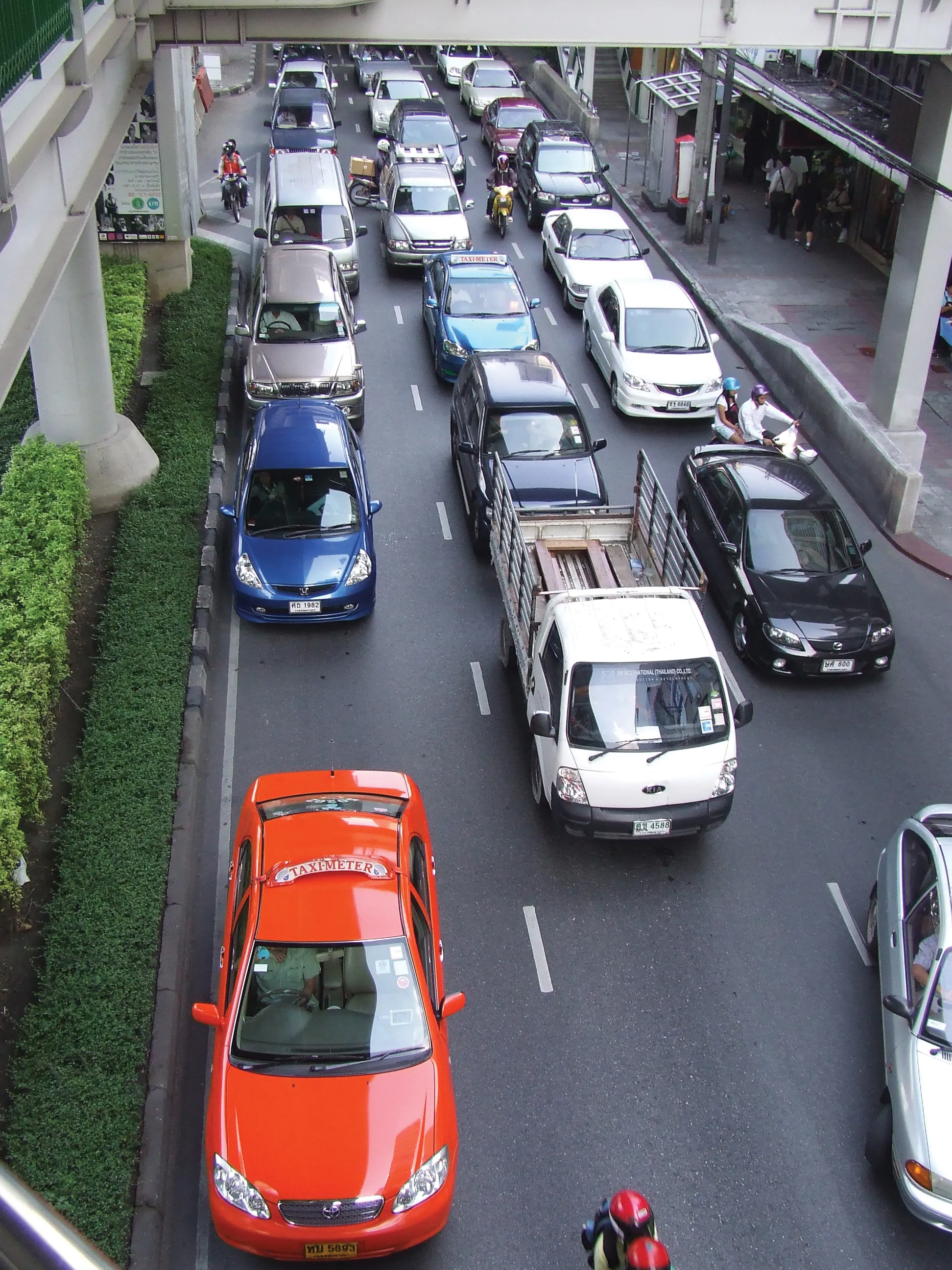Progress is being made with regard to the proposed Silvertown Tunnel project under the River Thames in London. The public consultation process is now going ahead for the Silvertown Tunnel, which has been described as vital for freight by the Freight Transport Association. Transport for London (TfL) is launching the consultation into a series of crossings planned in and around the capital. The Silvertown Tunnel will link the Greenwich Peninsula with the Royal Docks and will provide a reduction in congestion
October 5, 2015
Read time: 2 mins
Progress is being made with regard to the proposed Silvertown Tunnel project under the River Thames in London. The public consultation process is now going ahead for the Silvertown Tunnel, which has been described as vital for freight by the 3934 Freight Transport Association. 2387 Transport for London (TfL) is launching the consultation into a series of crossings planned in and around the capital. The Silvertown Tunnel will link the Greenwich Peninsula with the Royal Docks and will provide a reduction in congestion and delays for drivers in East London.
At present the alternative crossing in the area is the Blackwall Tunnel, which has a 4m height limit, restricting access for taller trucks, forcing them to take lengthy detours out to the M25 in order to cross the Thames, adding to journey and delivery times. The tunnel is blocked often by overheight vehicles whose drivers are unaware of the restrictions of the link, causing further delays. Drivers approaching the tunnel currently face on average a 3.2km tailback during peak periods – wasting an estimated one million hours each year by people queuing to use it.
The Silvertown Tunnel is part of TfL’s plans for a series of new river crossings that are needed to support the capital’s rapidly growing population, which is expected to increase from 8.6 million now to 10 million by 2030.
At present the alternative crossing in the area is the Blackwall Tunnel, which has a 4m height limit, restricting access for taller trucks, forcing them to take lengthy detours out to the M25 in order to cross the Thames, adding to journey and delivery times. The tunnel is blocked often by overheight vehicles whose drivers are unaware of the restrictions of the link, causing further delays. Drivers approaching the tunnel currently face on average a 3.2km tailback during peak periods – wasting an estimated one million hours each year by people queuing to use it.
The Silvertown Tunnel is part of TfL’s plans for a series of new river crossings that are needed to support the capital’s rapidly growing population, which is expected to increase from 8.6 million now to 10 million by 2030.







